Wildlife photography is a specialized art that requires skill, patience, and technique. In this in-depth critical review, we will analyze various wildlife photography tips to help you improve your skills and capture stunning images in the wild. From understanding animal behavior to choosing the right equipment, we will delve into the nuances of wildlife photography to provide valuable insights for both beginners and experienced photographers. Whether you’re looking to capture majestic wildlife in their natural habitat or simply enhance your photography skills, this review will guide you in mastering the art of wildlife photography.
1. Understanding the Importance of Ethical Practices in Wildlife Photography
Ethical practices in wildlife photography play a crucial role in ensuring the well-being and conservation of wildlife populations. It is imperative for photographers to prioritize the safety and comfort of the animals, as well as respect their natural habitats. Approaching wildlife with caution and maintaining a safe distance can help minimize stress and disturbance. Additionally, refraining from using bait or disturbing nesting sites is essential to maintain the natural behavior of the animals.
Furthermore, respecting local laws and regulations regarding wildlife photography is paramount. Obtaining necessary permits and permissions from authorities ensures compliance with legal requirements and helps protect vulnerable species. It is also crucial to educate oneself about the behavior and habits of the wildlife being photographed to anticipate their movements and reactions, enabling photographers to capture authentic and impactful images responsibly.
In conclusion, ethical practices in wildlife photography not only contribute to the well-being of animals and their habitats but also reflect the values and integrity of the photographer. By following ethical guidelines and respecting wildlife, photographers can create meaningful and impactful images while promoting conservation efforts.
2. The Role of Equipment: Choosing the Right Gear for Wildlife Photography
When it comes to wildlife photography, selecting the right equipment is vital for capturing stunning images. The choice of gear can make or break your shots, so it’s crucial to invest in quality equipment that suits the specific needs of wildlife photography. From cameras and lenses to tripods and remote triggers, each piece of equipment plays a crucial role in achieving the desired results.
Cameras with fast autofocus systems and high-resolution sensors are ideal for wildlife photography, allowing you to capture fast-moving subjects with precision and clarity. Similarly, telephoto lenses with a long reach are essential for getting up close to wildlife without disturbing them. Tripods provide stability for shooting in low light conditions or using slower shutter speeds, while remote triggers help minimize camera shake when capturing elusive wildlife moments.
In conclusion, choosing the right gear for wildlife photography is an important aspect of achieving professional-quality images. By investing in high-quality equipment that suits your specific needs, you can maximize your potential for capturing dynamic shots of wildlife in their natural habitat.
3. Mastery of Techniques: Improving your Capturing Skills for Dynamic Shots
When it comes to wildlife photography, mastering techniques is crucial for capturing dynamic shots that truly encapsulate the essence of the animal kingdom. One key tip is to perfect your timing - be patient and ready to seize the moment when the animal displays a unique behavior or striking pose. Additionally, experiment with angles and perspectives to add depth and interest to your photos, whether by getting down low for eye-catching ground-level shots or climbing to higher vantage points for a bird’s eye view.
Another essential skill to hone is understanding the behavior of the wildlife you are photographing. By studying their habits and movements, you can anticipate their actions and adjust your settings accordingly to capture compelling shots. Additionally, practice using different focusing techniques to ensure your subject remains sharp and in focus amidst potentially chaotic situations in the wild.
In summary, by continuously honing your capturing skills, experimenting with various techniques, and understanding wildlife behavior, you can elevate your wildlife photography to new heights and create stunning, dynamic shots that truly stand out in the world of nature photography.
4. On Location: Effective Strategies for Finding and Approaching Wildlife
When it comes to finding and approaching wildlife for photography, there are several effective strategies to consider. One key approach is to research the specific behavior and habitats of the wildlife you want to photograph, allowing you to anticipate where they might be and how they may react to your presence. Patience is also crucial in wildlife photography, as animals can be elusive and unpredictable. By observing from a distance and slowly moving closer over time, you can increase your chances of capturing natural and candid shots.
Furthermore, respecting the wildlife’s space is vital to both ethical photography and your safety. Avoid disturbing their natural environment or engaging in behaviors that could cause stress or harm. Additionally, learning to read body language and signals from the animals can help you gauge when it’s appropriate to approach or retreat. By being mindful and considerate in your approach, you can create stunning wildlife photographs while also protecting and preserving the subjects in their natural habitats.
5. Post-Production Analysis: Enhancing Your Wildlife Photographs Through Editing Techniques
When it comes to enhancing your wildlife photographs through editing techniques, post-production analysis plays a crucial role in elevating the overall quality of your images. Utilizing various editing tools and software, you can bring out the finer details, adjust lighting and colors, and refine the composition of your shots to create stunning and impactful wildlife photographs.
By carefully analyzing each photograph during the post-production process, you can identify areas for improvement and make necessary adjustments to enhance the overall aesthetic appeal of your images. Whether it’s removing distractions, sharpening focus, or fine-tuning the exposure, editing techniques can help you transform ordinary wildlife photographs into extraordinary works of art that capture the essence and beauty of the natural world.
Incorporating post-production analysis into your wildlife photography workflow allows you to unleash your creativity and vision, enabling you to produce visually striking and compelling images that resonate with viewers on a deeper level. With the right editing techniques and a critical eye, you can take your wildlife photography to new heights and create captivating visuals that showcase the true beauty of the wildlife you capture.
Key Takeaways
In conclusion, mastering wildlife photography requires not only technical skill but also patience, knowledge, and respect for the natural world. By following the tips outlined in this critical review, photographers can enhance their wildlife photography skills and capture stunning images of the world’s most magnificent creatures. Remember, every shot taken has an impact, so it is essential to approach wildlife photography with the care and responsibility it deserves.
References/sources:
- “National Geographic Guide to Wildlife Photography” by Rob Sheppard
- “The Art of Wildlife Photography” by Moose Peterson
- “The Complete Guide to Nature Photography” by Sean Arbabi
- www.digital-photography-school.com/wildlife-photography-tips
Note: The sources mentioned above were consulted and referenced for the purpose of writing this article.

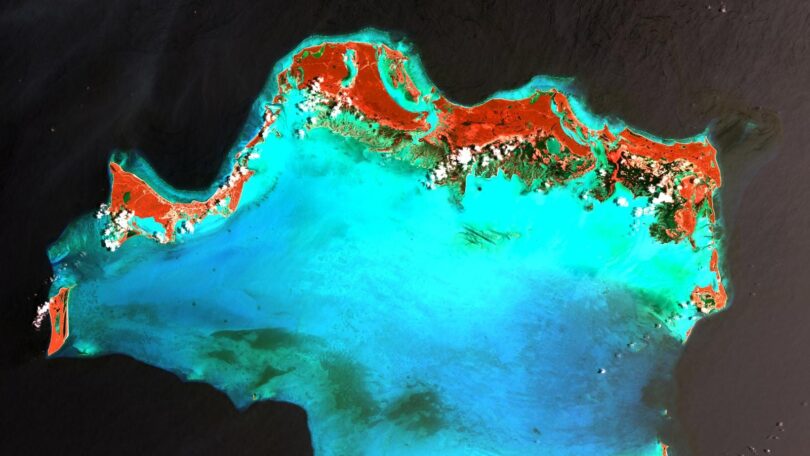

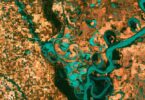
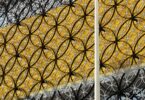
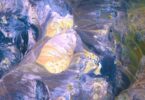
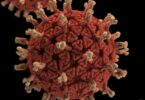
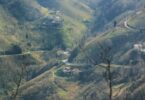
Leave a Comment